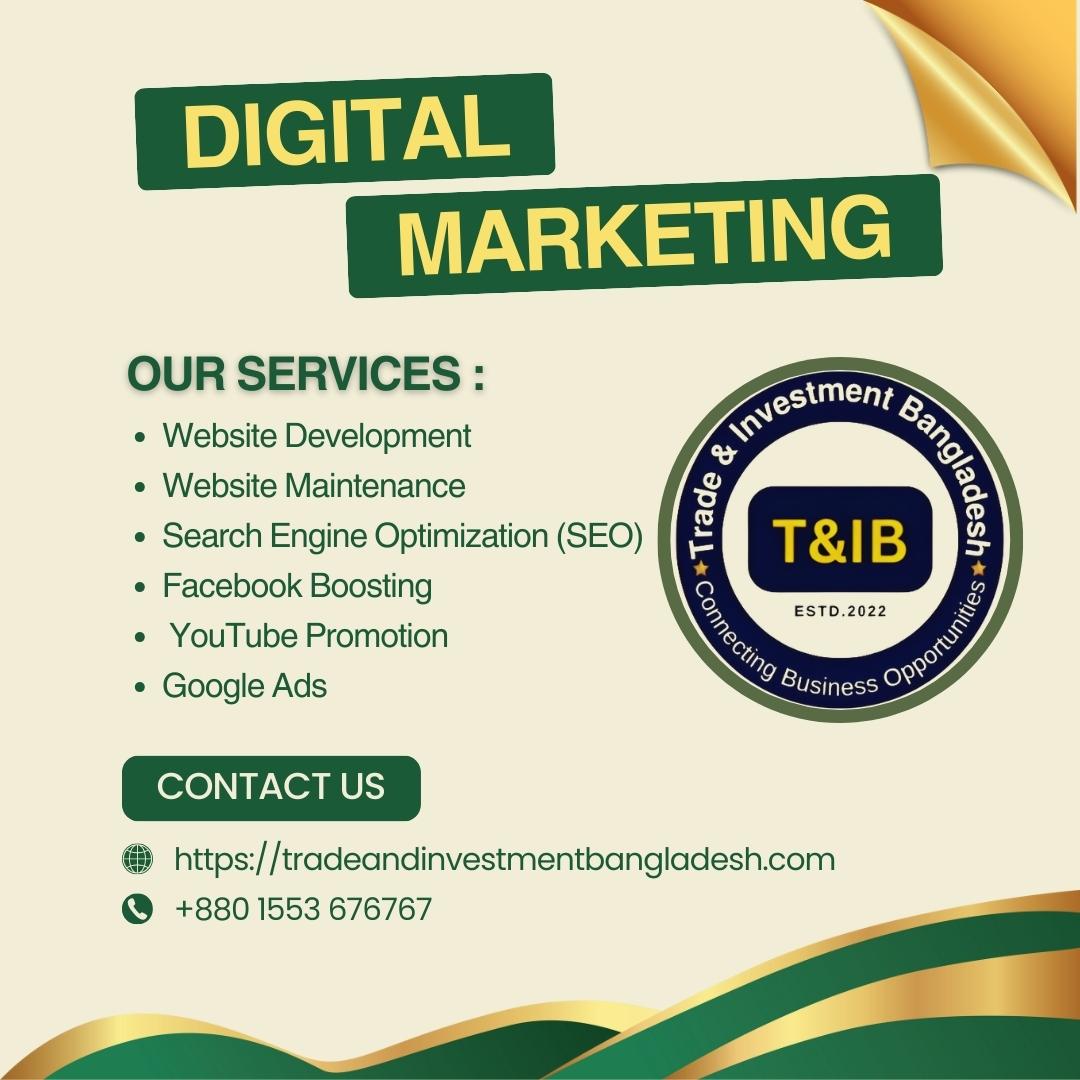Bangladesh’s Digital Marketing Landscape: Challenges and Opportunities
Bangladesh's Digital Marketing Landscape: Challenges and Opportunities Md. Joynal Abdin Founder & CEO, Trade & Investment Bangladesh (T&IB) Executive Director, Online Training Academy (OTA) Secretary General, Brazil Bangladesh Chamber of Commerce & Industry (BBCCI) Bangladesh is undergoing a profound…
Read More


 by
by